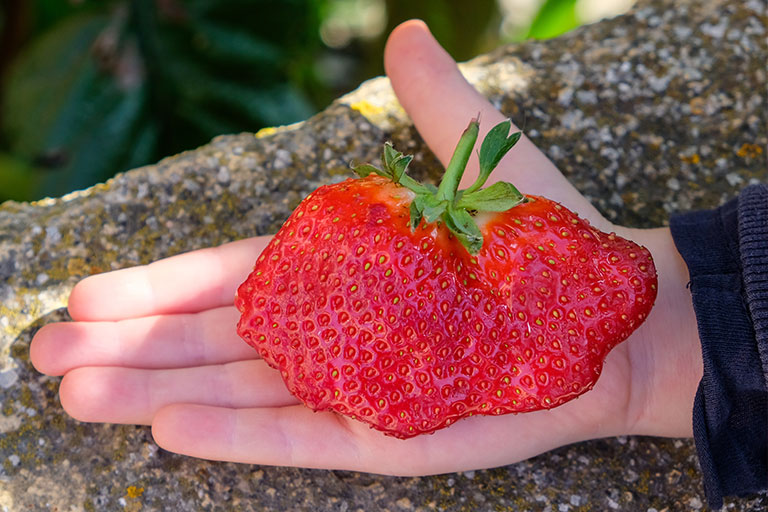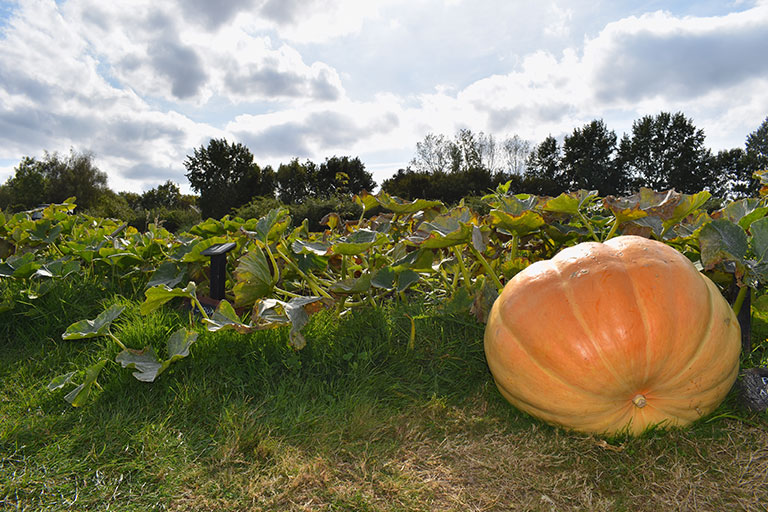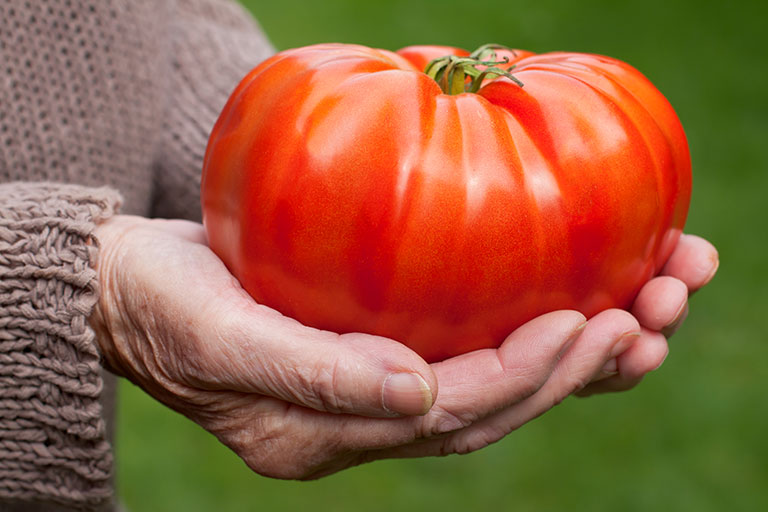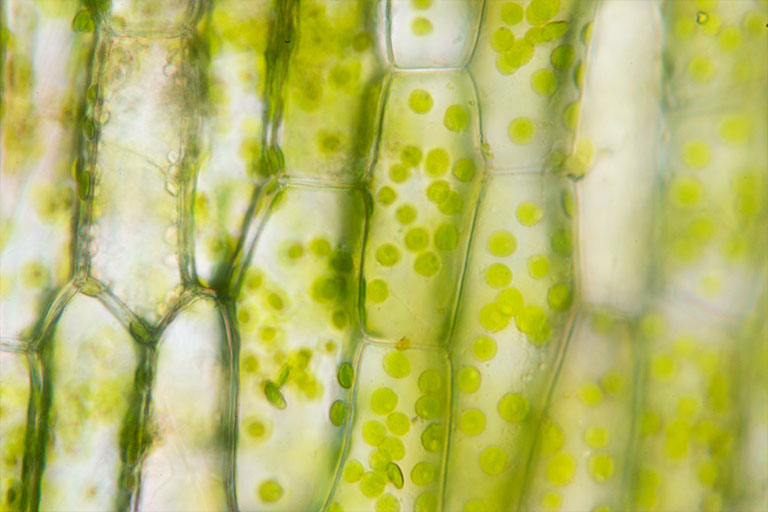The Secrets of Electroculture Gardening Revealed
Get ready to electrify your gardening game and unlock the hidden potential of your green thumbs. In this electrifying blog post, we delve into the fascinating world of Electroculture Gardening. Prepare to be shocked (pun intended) as we reveal the secrets behind this unconventional technique, turning ordinary gardens into thriving, supercharged havens for plant growth. So, grab your gardening gloves and let’s embark on a voltage-filled adventure that will have your plants buzzing with excitement!
What is Electroculture Gardening?
Gardening has always been a delightful and rewarding hobby. What if we told you there’s a way to take it to a whole new level? Electroculture is a method of using conductive metals to create antennas to capture free atmospheric ions and channel them to the soil, significantly increasing plant growth.
Why is it beneficial to plants for soil particles to have a negatively charged surface?
Electroculture antennas help to capture atmospheric energy. The captured energy moves to the soil via the conductive antenna material, concentrating in the soil around your plants. Increasing your soil’s negative charge works to help increase the attraction of positively-charged ions. This prevents them from washing deep into the soil, away from plants roots.
Electroculture is reported to encourage plants to grow larger, with much larger flowers, and fruits being yielded.

Mycorrhizal Fungi?
Even if you’re not sold on the idea of capturing free atmospheric energy to increase your plant’s potential, there’s always mycorrhizial fungi. You can also increase the area and reach of your plant’s roots by harnessing another of nature’s little helpers: mycorrhizal fungi and other beneficial bacteria.
What Does Mycorrhizal Fungi Do?
Mycorrhizal fungi are beneficial fungi that grow in association with your plant’s roots. Mycorrhizal fungi rely on the host plant to provide them with sugars. They do this ‘in exchange’ for moisture and nutrients that lay out of the reach of the plant’s root system.
Mycorrhizal fungi have been around, interfacing with plants, for over a million years. It lives underground, which means it can’t photosynthesise. They need plants to feed them sugars and fats that they excrete as by-products from their roots. Mycorrhizae form massive mycelial networks to access water and nutrients that plants wouldn’t be able to access on their own. This symbiotic relationship works as the plants receive nutrients and water in exchange for carbon-rich waste. This comes via the plant’s roots, produced from CO2 pulled from the atmosphere during photosynthesis. The mycorrhizal fungi greatly increase the absorptive area of a plant, acting as extensions to the root system.
Electroculture Gardening Revival
YouTube and TikTok is alive with videos of gardeners using basic materials, like copper (pipes or wire), galvanised wire, and/or magnets, to vitalize the soil and reporting yield increases of 100% – 300%. Electroculture gardening has been explained as: “it is not electricity as we know it, but a breath of energy, which stimulates and increases the vitality of the soil.”
Electroculture Gardening is a rediscovery of a long-lost method of gardening. It uses conductive metal antennas, such as copper, or galvanised steel wires, to capture negative ions in the atmosphere, storing them in the soil. The process is a methodology to enhance the earth’s natural magnetism to benefit your plants.

Electroculture Gardening News
Newspaper reports from around 100 years ago report peas as high as 7 feet tall, and plants growing to three times the normally expected size, with massive yields. Electroculture enthusiasts use antennas to capture and combine the power of electricity with the wonders of nature to create an environment where plants flourish like never before. It’s like giving your garden a turbo boost!
Now, you might be thinking, “Electricity in gardening? Isn’t that a recipe for disaster?” However, Electroculture Gardening is far from a mad scientist’s experiment gone wrong. It’s a fascinating practice backed by science and embraced by gardeners around the world.
Imagine your plants growing markedly faster, stronger, and healthier—all thanks to gentle electric currents. With Electroculture Gardening, you can expect accelerated plant growth, improved nutrient absorption, better pest and disease control, and even water conservation. It’s like witnessing Mother Nature on steroids.
Throughout this blog post, we’ll unravel the mysteries of Electroculture Gardening. We’ll look to debunk myths, and leave you with a desire to give your plants a truly electrifying makeover. So, grab your gardening gloves, prepare for a voltage-fuelled adventure, and let’s dive into the electrifying world of Electroculture Gardening!
Is Electroculture Gardening Real?
If you’re sceptical about the effectiveness of Electroculture Gardening, prepare to have your doubts zapped away. Numerous studies and real-life experiences have shown the remarkable impact this technique can have on crop growth and yields. Here’s the compelling evidence that proves Electroculture’s ability to produce bigger, bountiful harvests:
Scientific studies
Researchers worldwide have conducted experiments to explore the effects of electricity on plant growth. Their findings undoubtedly, and consistently highlight the positive impact of Electroculture Gardening. From increased biomass production to enhanced nutrient absorption, these studies provide concrete evidence that electric currents can significantly improve crop yields.
Farmer testimonials
Beyond scientific studies, many farmers, and gardeners have embraced Electroculture Gardening and witnessed remarkable results first hand. Their experiences speak volumes about the effectiveness of the growing technique. Farmers report accelerated plant growth, larger fruits and vegetables, and overall healthier and more vigorous crops.

Historical evidence
While Electroculture Gardening may seem like a modern concept, its roots can be traced back centuries. Historical accounts and ancient texts mention the use of electricity in agriculture, highlighting its role in boosting crop production even in the past. The longevity of this practice further attests to its effectiveness.
Visual proof
A picture is worth a thousand words, and when it comes to Electroculture Gardening, the visual evidence is compelling. Photographs and videos showcasing side-by-side comparisons of electrified and non-electrified plants leave little room for doubt. The stark difference in size, colour, and overall health between the two is a testament to the power of electricity in plant growth.

Does Electroculture Gardening Work?
The exact mechanisms behind Electroculture Gardening are still being explored. However, gardeners are evidently claiming they can clearly demonstrate its potential to produce larger crops with increased yields. Whether it works to increase nutrient uptake, improved photosynthesis, or other physiological changes, one thing is certain: Electroculture Gardening has the ability to take your harvests to electrifying new heights.

If you’re looking to grow crops that leave your friends and neighbours in awe, don’t hesitate to give Electroculture Gardening a try. You have nothing to lose – embrace the power of the earth’s magnetic field, use the negative ions in the atmosphere to your benefit. Watch your garden flourish with bountiful harvests that will have you reaping the rewards of your efforts.
If you still don’t believe us, don’t take our word for it. Do further research in to Electroculture. Maybe even compare parts of your garden with and without a simple Electroculture antenna. We’ll leave it here, but there are many, many enthusiastic gardeners out there, blown away by their Electroculture gardening results. Why not give it a try in a part of your garden to see if you notice any noticeable differences.





